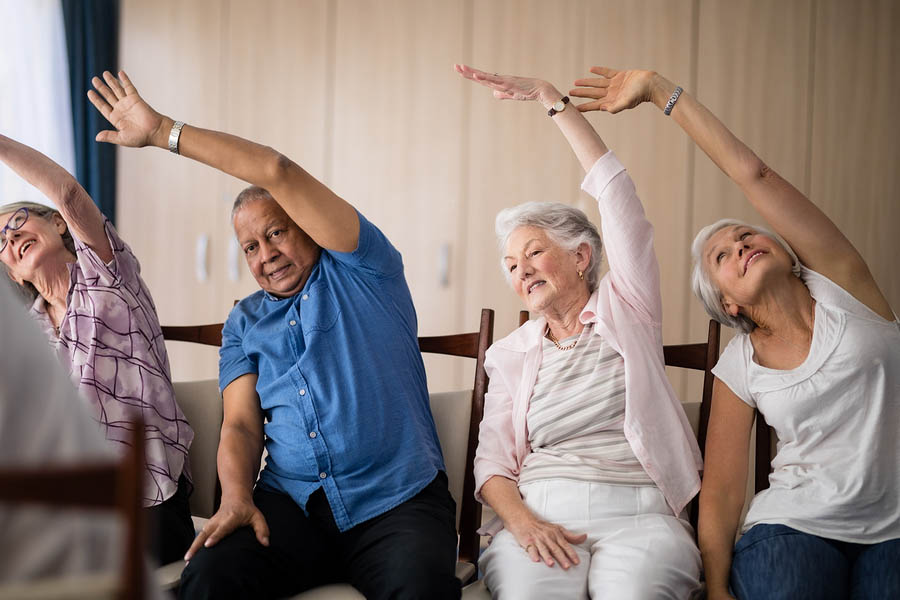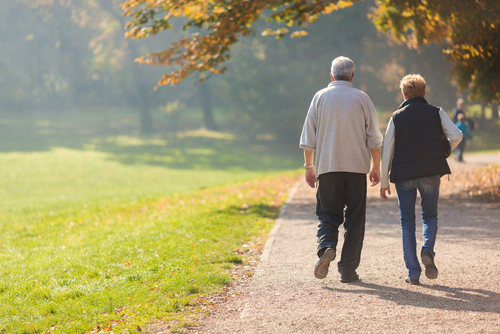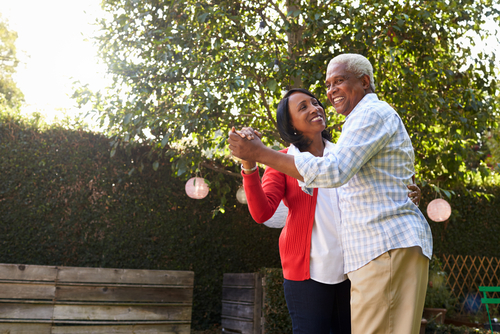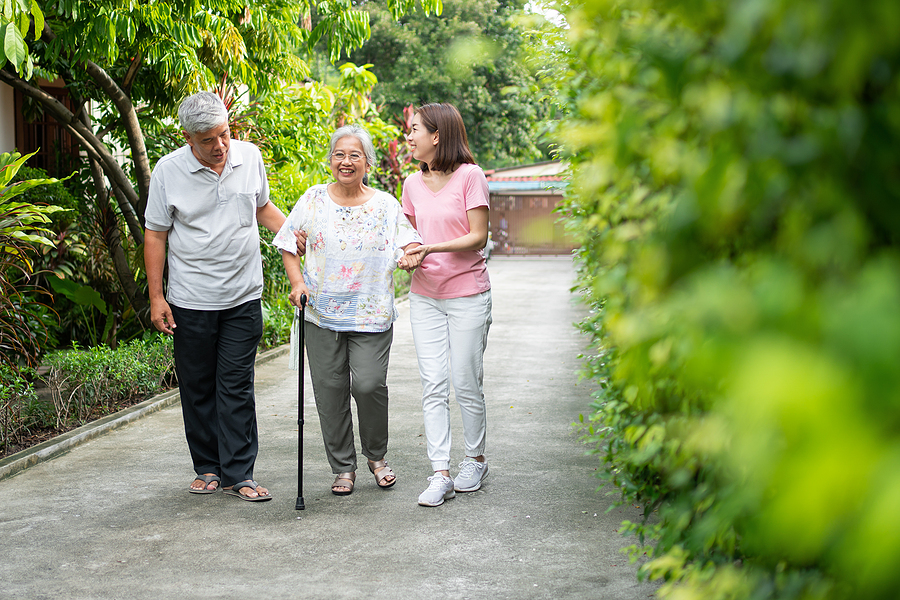Armchair Exercises for the Elderly
Category:

Exercise is a critical component of healthy living. But as we get older, exercise plays an even more important role in our health. It’s been proven to stimulate metabolic activity, fight off painful inflammation, and greatly reduce the risk of depression. Regular activity may also allow seniors to improve their range of motion and reduce their risk of suffering a fall.
But with age comes declining lung function, a reduced maximum heart rate, and any number of mobility issues. Those types of challenges can often make it difficult to find an exercise activity that’s accessible enough to be routine, yet challenging enough to constitute exercise. Luckily, there are a number of effective seated exercises for the elderly, and most of them are easy enough to learn within only a few minutes.
Warming Up
No matter your age, warming up before exercise is important for reducing the risk of injury. With respect to seated exercises for the elderly, shoulder circles are a great option for warming up, and they’re usually easy to do. From a seated position, you simply circle your shoulders forward and backwards, maintaining a gentle motion. The direction of the shoulder-rolling can be reversed at your discretion.
Another good warm-up is the seated row. From the edge of your seat, place your feet firmly against the floor. Hold your arms in-front of you, with your thumbs pointed upward. Draw back your elbows towards your body, squeezing your shoulder blades together. Return your arms to the original position and repeat. The seated row targets muscles in the upper back, shoulders, and chest.
Chair Exercises for Elderly Cardio
Effective cardiovascular exercise is about hitting your target heart rate, which means it can be important to monitor your pulse. According to the CDC, your target heart rate should be 50% to 70% of your maximum heart rate. Your maximum heart rate can be found by subtracting your age from 220. For example, the maximum heart rate of a 65-year-old would be 155 bpm. And the target heart rate for that person would be 50-70% of their maximum, or about 80 bpm.
With that in mind, seated jumping jacks are excellent seated exercise for the elderly. And they’re easy to remember because the motion is almost identical to standing jumping jacks. From the seated position, you simply extend your arms straight above your head, and then return them to your side. Apart from the absence of a jump, the only significant difference is that you may have to take caution to not accidentally strike some arm rests.
For seated leg exercises for the elderly, a good option is chair running. Lean back so your shoulders are only slightly touching the back of your chair. With pointed toes, extend your legs forward. From this position, slowly lift one foot off the floor and pull the adjoining knee towards you. Return that knee to its starting position and repeat the same motion with the other leg. Done properly, chair running mimics the action of running but is drastically easier on the joints.
Chair Exercises for Elderly Muscle Training
Calisthenics are a form of exercise that force us to work against our own body weight, making them a great source of a number of exercises for the elderly while sitting. Knee lifts are a particularly useful example because they target quadrilateral muscles, which are used in nearly all types of motion. To perform a knee lift, sit with your feet flat on the floor and slowly lift one knee towards your chest. Slowly lower that leg back to the floor and repeat for each leg. To increase the intensity, you can try holding the knee at your chest for 3 seconds.
Getting Started
As always, it’s a good idea to talk to your doctor before starting an exercise regimen. But it’s important to get started. Regular exercise is as powerful as anything a doctor can prescribe. With 30 minutes of cardio most days and strength training at least twice each week, it’s possible to start getting health benefits almost immediately. Seated exercises for the elderly don’t have to be intense, but they do have to be a regular habit.
Subscribe
Date: April 24, 2018
Category:


